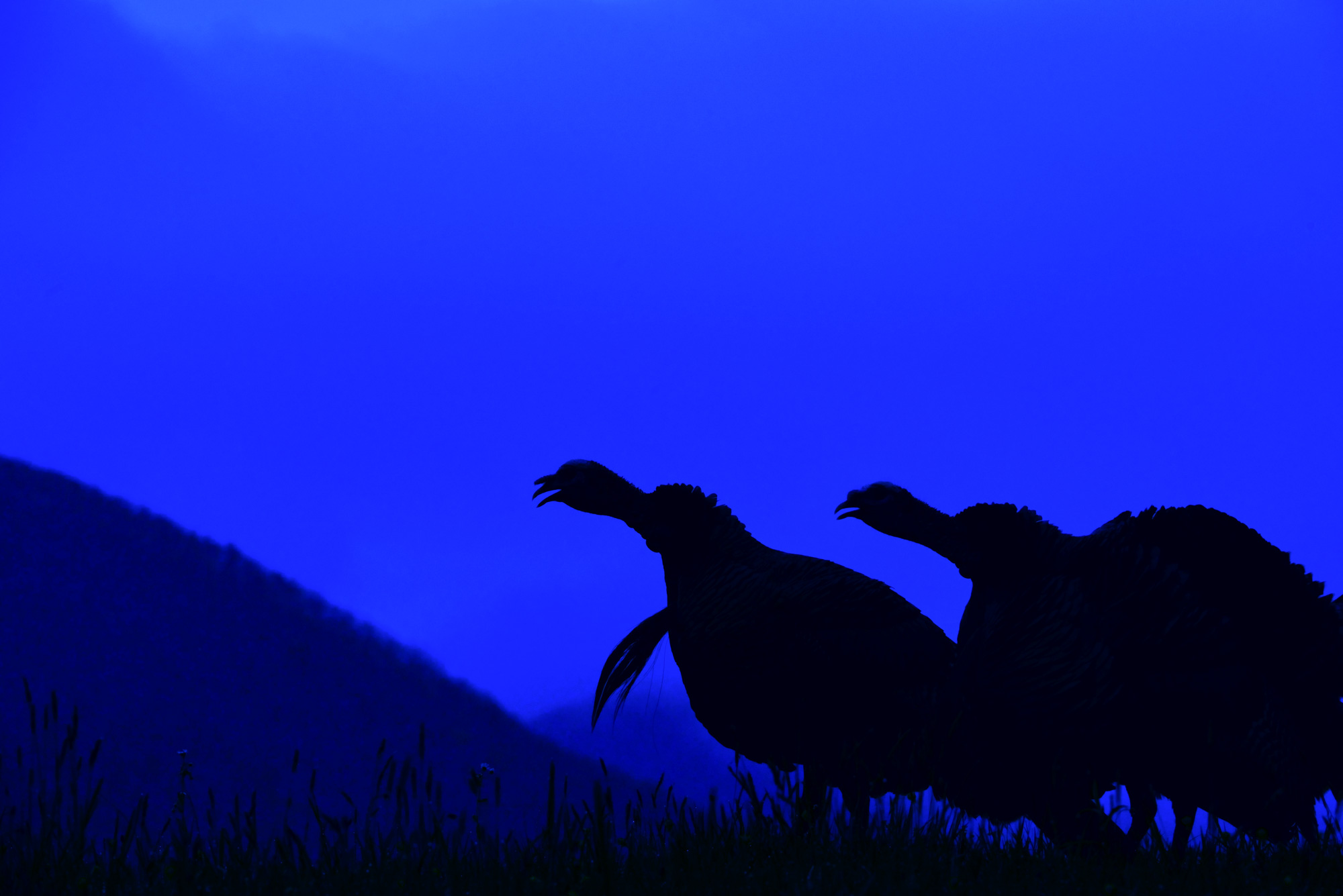The Science of Gobbling
Why do birds gobble some days but not others? It’s a question even the most dedicated turkey hunters ask. It’s also a question biologists want to answer.
Let’s look at what the research says.
Studies and findings are brought to you by research from Dave Godwin, turkey project leader for Mississippi Wildlife, Fisheries and Parks, and Derek Colbert, graduate student at the University of Georgia.
Age
Godwin found the higher number of turkeys, particularly 2-year-olds, the higher gobble count throughout the season. Two years after there are a large number of brood sightings, gobbling activity is high. More jakes translates to more gobbling the following season.
Overall turkey numbers, however, don’t seem to play a role in day-to-day gobbling activities. Even when populations are high, the birds simply don’t gobble much on certain days. Colbert’s research may explain why:
Weather
- Gobbling activity was highest when winds were about 3 mph, and reminded high when wind speeds increased to 6 mph. Activity tapered off after that and almost no gobbles were recorded when winds exceeded 12 mph.
- Wind direction did not factor into gobbling activity, neither did relative humidity.
- The average daily temperature played a role in gobbling activity, as birds sounded off the most when the average daily temperature was between 60 and 69 degrees. As the temperature increased, gobbling decreased.
- The average barometric pressure affected gobbling activity, as well. Lower pressure, often associated with rain, meant less gobbling. Birds were most active at 29.9 to 30.2 inches, and when the pressure fell below 29.7 inches, gobbling activity decreased dramatically.
Hunting Pressure
Many people assume hunting pressure negatively impacts gobblers, but Colbert’s research did not find a link between gobbling activity and hunting pressure. Gobbling activity varies widely during a season, but hunted birds are still vocal.
Hen Factors
Biologists have long assumed there were two peak gobbling periods: one during flock break-up and a second during the start of nesting. Godwin said that’s not necessarily what the data showed. Several studies indicate just one peak, and it doesn’t always coincide with the peak of nest initiation, nor was it readily identifiable. Population dynamics and weather patterns can shift the peak gobbling activity by a week or more.
Other Factors
Habitat also caused variations in gobbling activity. Colbert detected a considerably large percent of gobbles near water compared to other areas of the research site, but that doesn’t mean toms near water gobble more. More likely, it means gobblers prefer to roost near water.
All in All
Despite all the research and data, Colbert still can’t look at the various weather conditions and predict gobbling activity. His study examined daily averages and not averages during the peak morning activity and therefore, his data might not help hunters much.
A turkey hunter, Colbert said the science of gobbling matters far less than one simple rule: You can’t kill a turkey if you aren’t in the woods.
